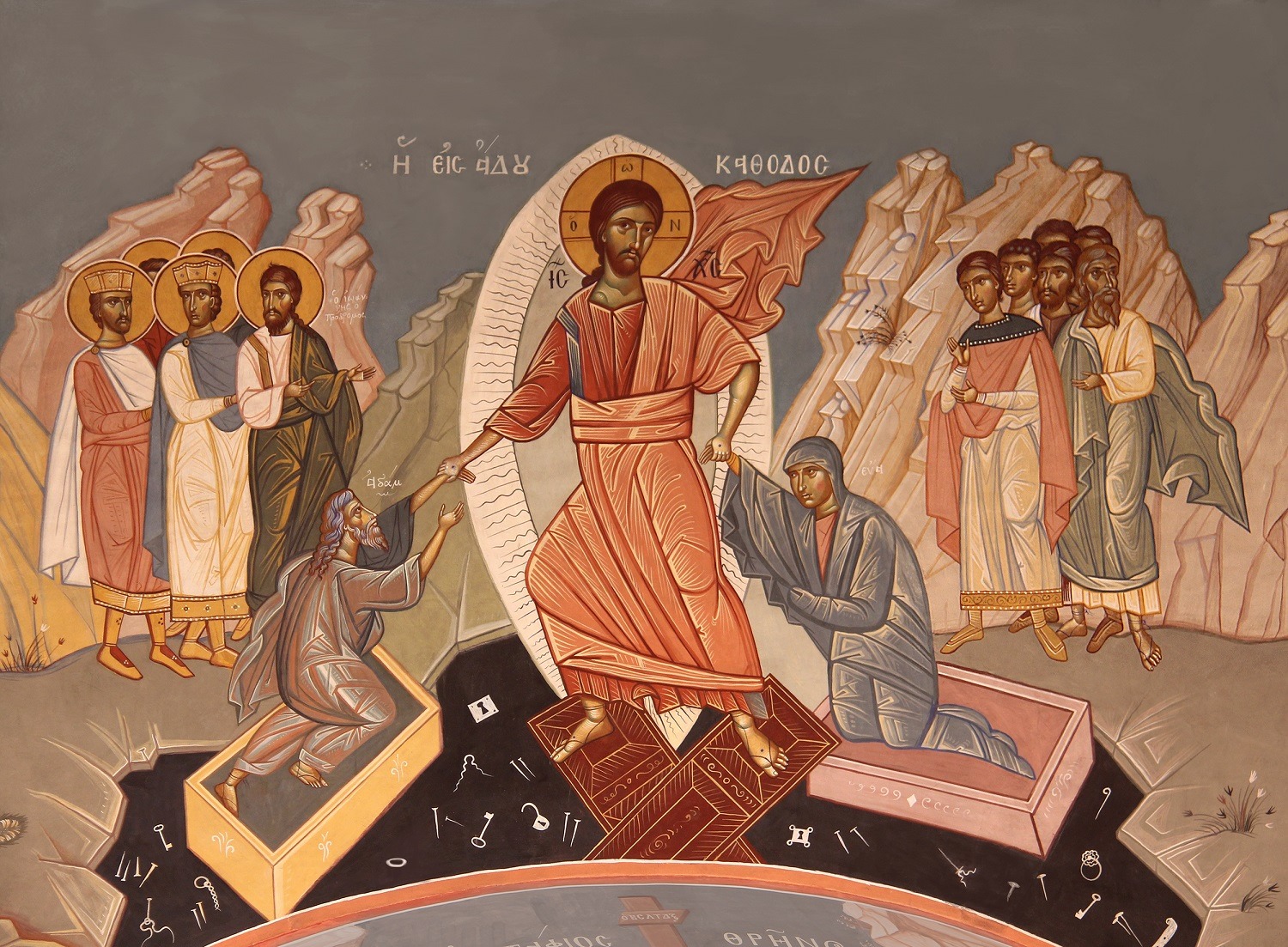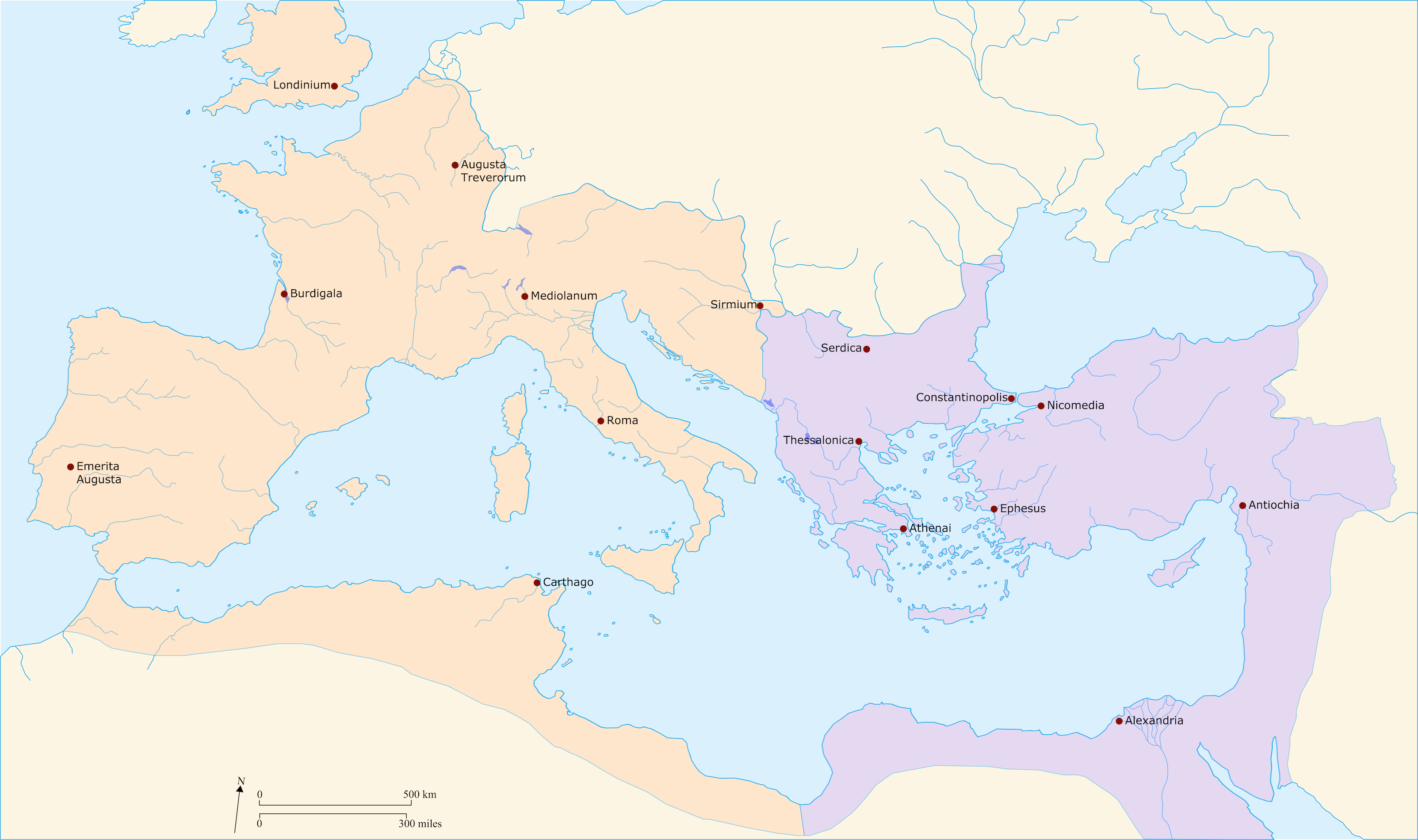Eastern Christianity: An Introduction

The two different languages—Greek in the East and Latin in the West—reflected differences in basic worldview, which contributed to different approaches in theology. The Latins tended to use philosophical, legal, and juridical concepts and categories in an attempt to make the mysteries of the Faith more comprehensible to the human mind, while the Greeks tended to more readily accept the paradoxical, ineffable mysteries of the Faith as being ultimately far beyond the limits of human logic and understanding. And the Greeks, more than the Romans, stressed the crucial importance of having a vibrant, dynamic experience and relationship with the living God, in order to better understand the Holy Scriptures and the mysteries of the Faith.
✠ Protopresbyter Thomas Hopko
‘The Orthodox Faith, Volume III: Church History’
Eastern Christianity comprises the various Christian traditions first developed in classical and late antiquity by the Apostolic Churches of the East, i.e. those beyond the boundaries of the Western Roman Empire and its successor states, and thus not under the omophorion of the Latin patriarch, the Pope of Rome. Today these Churches are spread across four main communions: the Orthodox Church, which was in communion with the Apostolic See of Rome until the Great Schism of 1054 and which celebrates the Byzantine Rite (from the ancient name of Constantinople, capital of the Eastern Roman Empire from AD 330 to 1453, now Istanbul); the Oriental Orthodox Churches, which broke communion with the Universal Church after the Council of Chalcedon in AD 451 and which celebrate the Alexandrian, Armenian, and West Syriac Rites; and the Church of the East, which broke communion in AD 424 and which celebrates the East Syriac Rite. There also exist 23 Eastern Catholic Churches from all these traditions which are in full communion with the Apostolic See of Rome. They comprise about 18 million (1.3%) of the world’s 1.345 billion Catholics. The largest of these are the Ukrainian Greek Catholic Church (Byzantine Rite) and the Syro-Malabar Catholic Church (East Syriac Rite), each with over four million members.

Numerically, the greatest of the Eastern Christian traditions is the Byzantine, practiced by 227 million Orthodox and Catholic Christians, mostly in the former Russian Empire, the Balkans and the Middle East, though substantial native and diaspora communities exist worldwide. Despite their differences, most Eastern Christian traditions share certain characteristics which are distinct from, but complementary to, the Western Christian tradition. These include:
✠ An emphasis on monasticism as the ideal of Christian life. Eastern bishops are generally chosen from among the monastic clergy;
✠ An expectation that secular (i.e. non-monastic) priests are to be formed from married men who will raise families;
✠ The use of leavened bread in the Eucharist (the main exception being the Armenian Rite), symbolising the risen Christ;
✠ A general rejection of realist and three-dimensional liturgical art in favour of stylised iconography and bas relief;
[Theosis is] the gradual process by which a person is renewed and unified so completely with God that he becomes by grace what God is by nature.
Father David Hester
‘The Jesus Prayer’
✠ An emphasis on asceticism as the path to the ultimate goal in life, theosis (or, to use the Latin form, deification), meaning to become like God through grace (cf. Ps. 82:6; Jn. 10:34). This asceticism is principally practiced through prayer, fasting and almsgiving. Eastern Christians generally abstain from meat, fish, eggs, dairy, wine and oil during Lent and other fasting periods;
✠ A corresponding emphasis on mysticism over rationalism in approaching God, who is beyond human comprehension;
✠ An understanding of sin closer to the original Greek αμαρτία (amartia) and Hebrew חטאה (h’hatah), meaning “to miss the mark” of our calling as “partakers in the divine nature” (2 Peter 1:4), as opposed to a criminal transgression, as in the Latin root of the English word—sons—meaning “guilty”;
✠ A less legalistic understanding of lived faith. As fasting, attending Divine Liturgy and other aspects of Christian life are understood as means to the ultimate end of theosis, they are not generally treated as legal “obligations” incurring “the pain of sin” if unfulfilled but rather as that to which all Christians should strive in order to draw nearer to, and more like, Christ the incarnate Logos during our time on Earth.
Asceticism means, in essence, to live at the same time on earth and in heaven. It means to understand that everything we see in this life, everything we touch, taste, think, and feel, is in some way a revelation of the life to come. This means far more than an understanding that this life will come to an end and be replaced by another one. It means that the life we live right now and the life we live for eternity are in some mysterious way one and the same.
Father Maximos Davies
‘Celibacy in Context’
